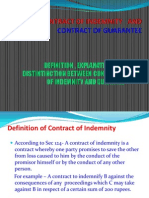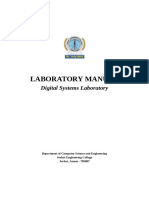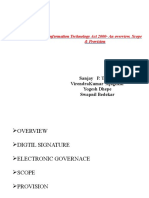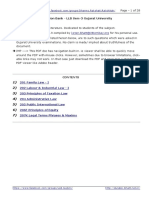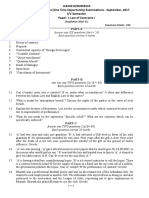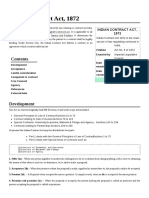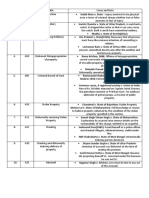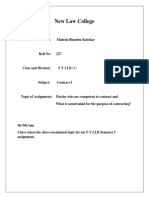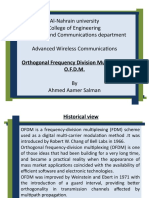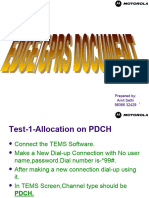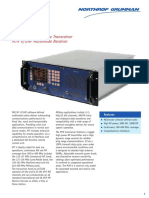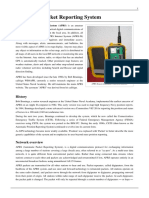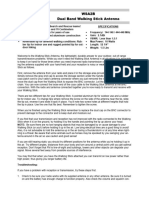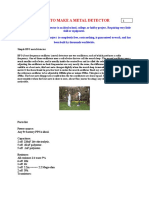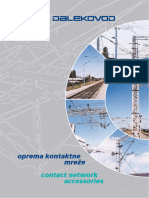0% found this document useful (0 votes)
92 views4 pagesOFDMA in LTE Downlink Transmission
OFDMA (Orthogonal Frequency Division Multiple Access) is a multiple access scheme that divides a high data rate stream into several low data rate streams that are transmitted in parallel. It assigns different sets of subcarriers to different users so their transmissions remain orthogonal to each other. OFDMA supports overlapping subcarriers without interference by maintaining orthogonality between codes, saving around 50% bandwidth compared to non-overlapping techniques. The downlink transmission scheme in LTE is based on OFDMA due to its robustness against multipath fading and efficient receiver architecture.
Uploaded by
mohas92Copyright
© © All Rights Reserved
We take content rights seriously. If you suspect this is your content, claim it here.
Available Formats
Download as DOC, PDF, TXT or read online on Scribd
0% found this document useful (0 votes)
92 views4 pagesOFDMA in LTE Downlink Transmission
OFDMA (Orthogonal Frequency Division Multiple Access) is a multiple access scheme that divides a high data rate stream into several low data rate streams that are transmitted in parallel. It assigns different sets of subcarriers to different users so their transmissions remain orthogonal to each other. OFDMA supports overlapping subcarriers without interference by maintaining orthogonality between codes, saving around 50% bandwidth compared to non-overlapping techniques. The downlink transmission scheme in LTE is based on OFDMA due to its robustness against multipath fading and efficient receiver architecture.
Uploaded by
mohas92Copyright
© © All Rights Reserved
We take content rights seriously. If you suspect this is your content, claim it here.
Available Formats
Download as DOC, PDF, TXT or read online on Scribd
/ 4





